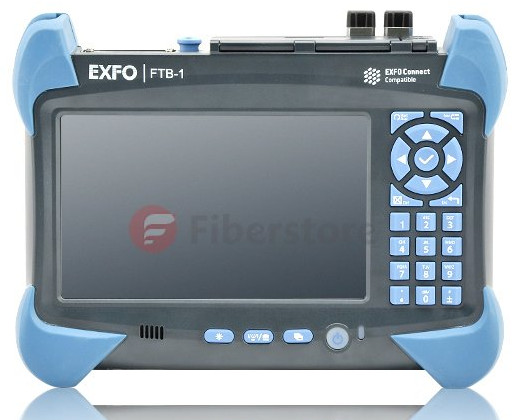As we all know that networking systems may meet some minor or major problems in operation, then in this important moment, time really means a lot. Here, OTDR is just suitable for you, a kind of optical product deployed to quickly determine wavelength and loss characteristics. You may ask questions: What is OTDR? Where is it applied? How does it work? Follow this post and you will get answer.
An optical time-domain reflectometer (OTDR) is an optoelectronic instrument used to characterize an optical fiber. It is widely used to reveal different situations of fiber optics, such as the total fiber loss and optical return loss. Besides, it can measure fiber length, and figure out faults or splices which disturb the normal operation of optical systems and upset users. In addition, such undesirable problems can also be detected as line cuts or breaks of each optical section. With the help of all these functions provided by OTDR, you can address the problems which exert negative effects on networks easily. Just like other widely used optical equipment, OTDR Testers are also applied in many aspects, such as fiber installation and preventative maintenance, remote fiber test system, and network database. The following figure shows you the appearance of an OTDR Tester.

OTDR’s users, especially those technical stuff, should obtain an important skill that is to use it properly when the disturbance caused by abnormal events occurs in optical fibers. To understand the working principles of OTDR is necessary. An OTDR launches a short duration light pulse into the fiber. An in-line directional coupler switches the reflected light turning back along the fiber to a sensitive detector. By measuring the arrival time and magnitude of the returning light, the location and types of faults along the optical travel path can be detected. During its operation, a blend of technologies are needed, including qualified optics, proper electronic design, as well as data acquisition and software processors. With them, you can easily figure out where the fiber problems are.
OTDR gives a hand in fiber tests, and numerous numbers of people depend on it when the above-mentioned problems exist. On the whole, OTDRs are available with a variety of fiber types and wavelengths, including single mode fiber, multi-mode fiber, 1310nm, 1550 nm, 1625 nm, etc. Fiberstore can supply various OTDR testers to meet your needs, you can visit Fiberstore for more information.